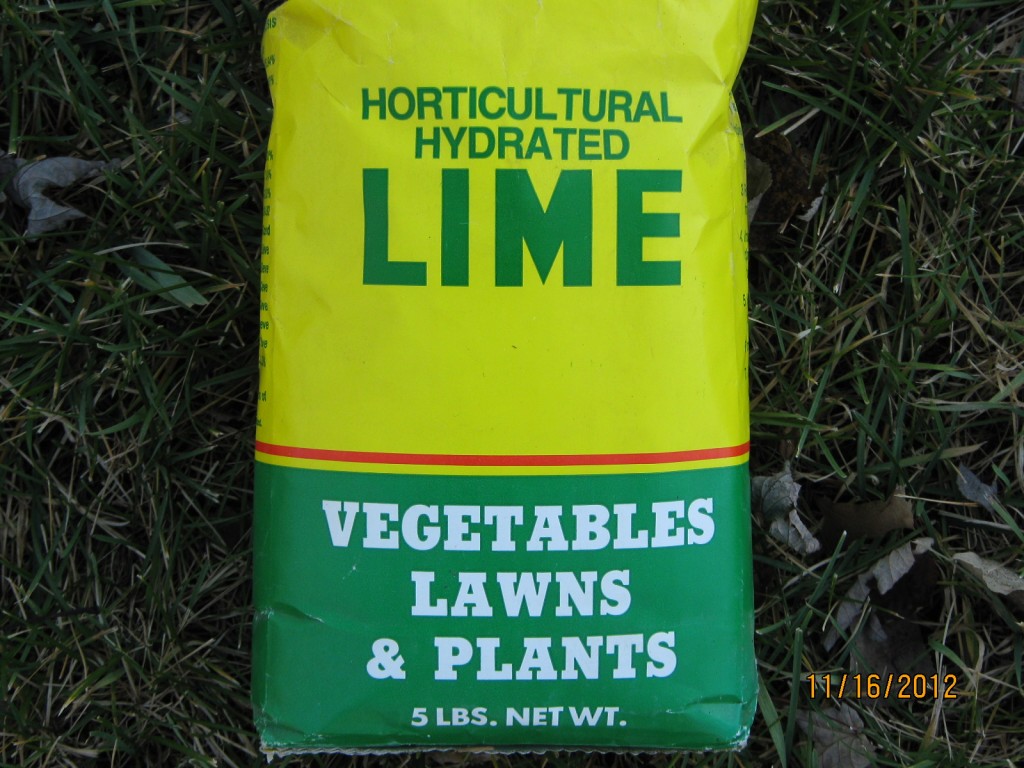I just got back from a relaxing week-long vacation at Bear Lake in northern Michigan.
The first thing I did, even before unloading the car, was to take a look at the garden. It’s amazing how much a garden changes in a week at this time of year.
Everything looked great except for my sweet corn; it’s looking a bit peaked. The lower leaves are turning yellow, which is a sure sign of nitrogen deficiency.
If plants can’t get enough nitrogen from the soil, they will rob it from older leaves and use it to grow new leaves — that’s what causes the discoloration.

Plant use nitrogen to make chlorophyll, the green part of a leaf that is responsible for photosynthesis .
I can trace the problem back to last season. In that spot last year, I mulched the growing vegetables with a generous covering of wheat straw. This spring, instead of raking out the old mulch, I left it in place and tilled it under.
Since then, soil microorganisms have been working overtime trying to decompose all of that straw. They require loads of nitrogen to do the work of decomposition. As a result, there is not much nitrogen left over for the sweet corn to use.
Now I’ll have to add nitrogen fertilizer to make up the difference. I have some urea fertilizer left in a fifty-pound bag that I have been dipping into for several years now, it’s finally almost empty.
Urea is an artificial fertilizer that contains forty six percent nitrogen and nothing else. That makes it a “hot” fertilizer, meaning it is very easy to burn growing plants with it if you’re not careful. I like to mix it with sand to help make it easier to spread evenly.
Other types of fertilizers, such as fish emulsion and blood meal, contain nitrogen in a different form and will provide nitrogen without the danger of plant damage. Because those types of fertilizers contain less nitrogen on a pound for pound basis as urea, you’ll have to apply more to get the same results.
Nitrogen deficiency results in weaker plants and lower yields so it’s a good idea to correct the problem early, while the plants still have time to recover.
Bob

